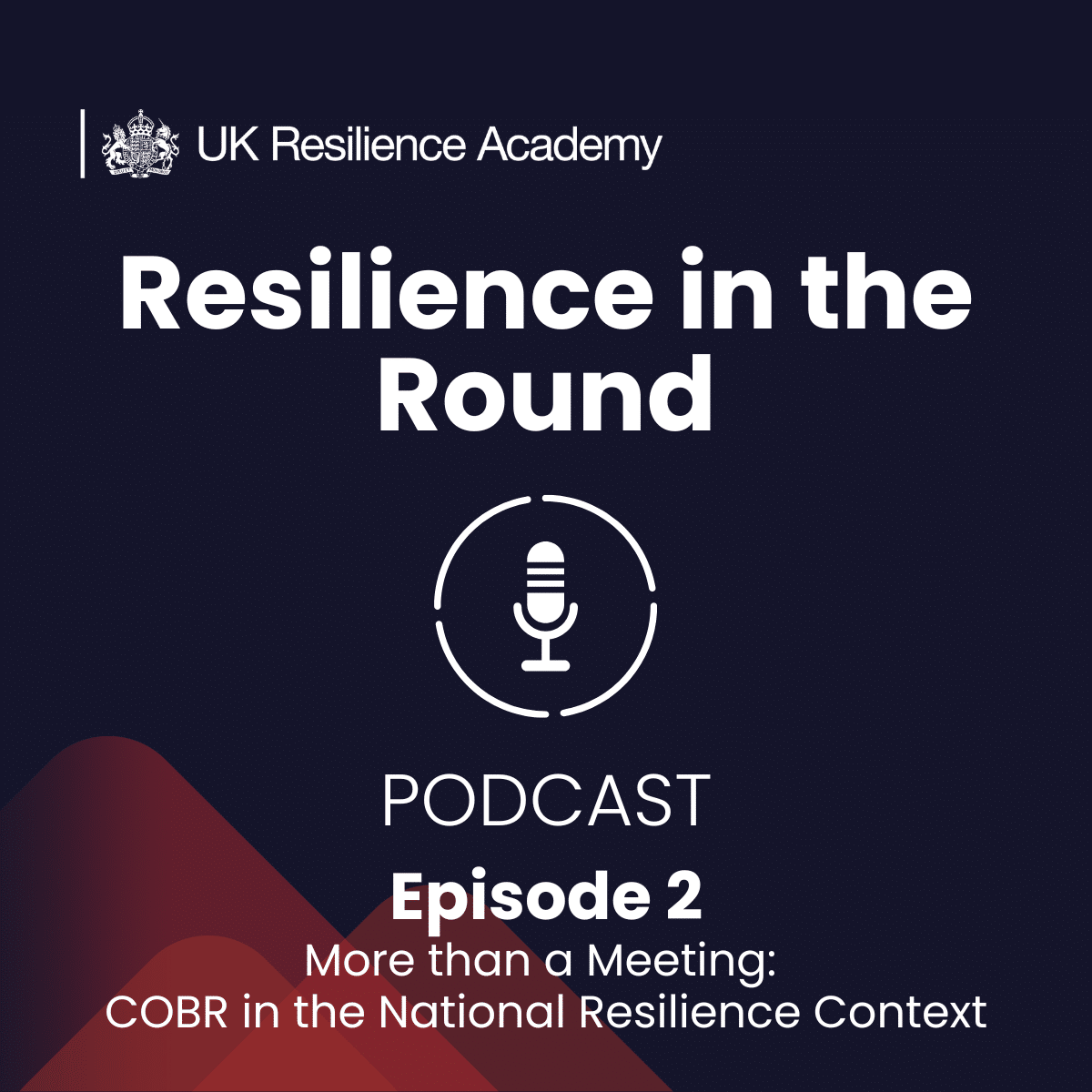 The Fire That Grounded a Nation: What Heathrow’s March 2025 Shutdown Teaches Us About Organisational Resilience
The Fire That Grounded a Nation: What Heathrow’s March 2025 Shutdown Teaches Us About Organisational Resilience
In the early hours of 21 March 2025, Britain’s largest airport went dark. A fire at a National Grid electricity substation triggered an unprecedented shutdown at Heathrow Airport, halting flights, disrupting supply chains, and impacting over 200,000 passengers. What followed was a remarkable test of crisis decision-making, continuity planning, and organisational resilience.
The Kelly Review, published in May 2025, offers not just a post-mortem of the events, but a compelling case study in real-world resilience across the transport and infrastructure sectors.
The Moment the Lights Went Out
A fire broke out at National Grid’s North Hyde 275,000-volt substation. The site, just beyond Heathrow’s perimeter, fed one of three critical power intakes into the airport. Despite having multiple sources of electricity supply and technical backups in place, Heathrow’s internal network was not designed for rapid switchover. Terminals lost power. Baggage handling, lighting, security systems, and communications collapsed.
Within 90 minutes, Heathrow’s Chief Operating Officer made the decision to shut down all operations for the day, placing passenger safety and national border security above all else.
The airport partially reopened for limited flights later that evening and resumed full operations by 04:30 the next morning.
Five Organisational Resilience Lessons We Cannot Ignore
 Redundancy does not equal resilience
Redundancy does not equal resilienceHeathrow Airport had three independent high-voltage electricity intakes. On paper, this looked robust. But when one was knocked out, it took nearly half a day to reconfigure the internal power systems safely. That is because the airport’s infrastructure, developed over 75 years, simply could not flex in real time.
“Heathrow viewed this type of outage as low likelihood… but its impact was underappreciated outside the technical team.”
Kelly Review Executive SummaryThis is a critical reminder for all organisations – having spare capacity or duplicated systems is not the same as being able to recover quickly or operate under pressure.
- Emergency structures are essential – but so is decisive leadership
Heathrow’s three-tier emergency management system (often referred to as Bronze, Silver, and Gold command levels) worked as intended. Roles were activated quickly, and decisions were escalated appropriately. The airport’s Chief Executive remained available but allowed the Chief Operating Officer, as the accountable person for aerodrome safety, to lead the response.
Still, the Kelly Review flagged improvements needed in leadership resilience, especially around endurance for long incidents, succession planning, and delegation clarity.
“Leadership gave important strategic direction at the right times and Heathrow’s incident response teams were enabled, expert and well-drilled, prioritising passenger and colleague safety at all times.”
Kelly Review Executive Summary, Section 2.4.3(a)“We recommend that Heathrow undertakes a review of its Gold Command roster to ensure sufficient resilience and availability in the event of prolonged incidents.”
Kelly Review, Recommendation 7And further –
“We recommend that Heathrow formalises and mandates Gold Command training for relevant leaders, including recent joiners and successors, to ensure everyone is fully prepared to step into that role when needed.”
Kelly Review, Recommendation 8These quotes underscore the need not just for structures, but for capable, confident, and well-prepared individuals at the top, especially during extended or complex events.
> Do your incident leaders know their roles?
> Do they feel empowered to act?
> Can they operate effectively over many hours of disruption?
- Clarity in communication reduces chaos
One of the most insightful decisions made was to declare Heathrow closed until 23:59, even though partial operations resumed much earlier. Why? Because over-promising on reopening times would have created passenger surges, media confusion, and safety risks.
Heathrow learned this lesson the hard way during the 2010 snow event, which saw delayed and contradictory communications cause mayhem.
In a crisis, predictable and definitive communication builds trust -even if it is not the message people want to hear.
- High-impact, low-likelihood risks must be understood at the top
Heathrow’s technical team understood that losing one power intake could mean eight hours of downtime. But this information never made it to the wider executive team or to decision-making boards in a way that prompted urgent mitigation or investment.This disconnect between technical insight and strategic risk awareness is a common vulnerability in many organisations.
Business leaders must ask…
> What low-likelihood, high-impact risks do we carry?
> Who understands them?
> Are we sure they have been tested, funded, and surfaced to our governance structures? - Resilience is a culture, not a compliance checklist
Heathrow was in the process of implementing infrastructure upgrades and power resilience improvements. These were part of broader sustainability and expansion programmes—some of which had been delayed due to the global pandemic.The Kelly Review made clear: resilience investments were not refused, but neither were they fast-tracked as critical. The report urges the development of power resilience masterplans and proportionate retrofitting of emergency electricity supplies.
Resilience should not be a one-time project. It must be embedded in capital planning, decision-making, and cross-sector coordination.

How Did This Reflect in National Resilience Ambitions?
This event did not just impact aviation. It affected trade, energy systems, emergency services, and public confidence. It is a prime example of why the United Kingdom’s Strategic Defence Review 2025 calls for a “whole-of-society” approach to resilience.
At the UK Resilience Academy, we view the Heathrow outage as a national case study- highlighting:
- The consequences of interdependency between critical infrastructure providers;
- The need for joint scenario testing between utilities, operators, and government departments;
- The importance of embedding resilience into leadership, design, and governance.
What Business Continuity Professionals Should Do Now
- Revisit your assumptions – Do your continuity and emergency plans account for utility failures that last 6–12 hours?
- Stress-test your command structures – Could your decision-makers lead through a 12-hour cascading failure overnight?
- Champion long-term investment – Are resilience upgrades being deprioritised in favour of performance, sustainability, or expansion?
- Push for boardroom visibility – Are high-impact technical risks getting the strategic scrutiny they deserve?
“Heathrow’s response collectively delivered outcomes that enabled operations to resume efficiently and smoothly… in what were unprecedented circumstances.”
– Kelly Review
That is the ultimate standard: not perfection, but performance under pressure.
Let us ensure your organisation can deliver the same when tested. Speak to us direct about our advisory services, a bespoke course for your team or a discussion around an exercise to prepare your organisation should the worst happen.
Contact us here, or review our organisational resilience courses here.
You will find all details of the Kelly Review on the Heathrow website by clicking ‘Download all assets’.


Article written by Bhavick Valand, Resilience Capability Lead for Organisational Resilience.




